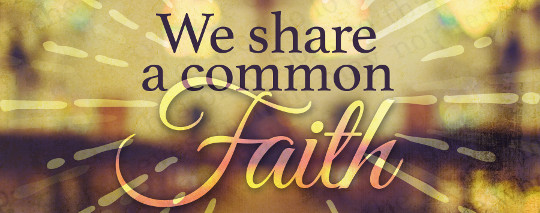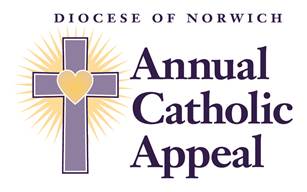Jesus founded the Catholic Church in the year 33 by creating a community of disciples to carry on his mission. Peter was appointed the first pope and entrusted with the future of the Catholic Church.
And I tell you, you are Peter, and on this rock I will build my church, and the powers of death shall not prevail against it. I will give you the keys of the kingdom of heaven, and whatever you bind on earth shall be bound in heaven, and whatever you loose on earth shall be loosed in heaven. (Matthew 16:18-19)
After His resurrection, Jesus commissioned his Apostles:
And Jesus came and said to them, “All authority in heaven and on earth has been given to me. Go therefore and make disciples of all nations, baptizing them in the name of the Father and of the Son and of the Holy Spirit, teaching them to observe all that I have commanded you; and lo, I am with you always, to the close of the age.” (Matthew 28:18-20)
And on Pentecost, through the work of the Holy Spirit, the Catholic Church’s origin.
When the time for Pentecost was fulfilled, they were all in one place together. And suddenly there came from the sky a noise like a strong driving wind, and it filled the entire house in which they were. Then there appeared to them tongues as of fire, which parted and came to rest on each one of them. And they were all filled with the Holy Spirit and began to speak in different tongues, as the Spirit enabled them to proclaim. (Acts 2:1-4)
About 10 years later, Peter went to Rome and established the church. During the persecution of Christians by the emperor Nero, Peter was imprisoned and scourged and ultimately, prepared for crucifixion. Saint Paul was to be beheaded the same day outside Rome. Deeming himself to be unworthy to die in the same position as our Lord, Peter asked to be crucified upside down and was buried on Vatican Hill. He received his eternal reward on June 29th in the year 67.
For the next 300 years, Christians were persecuted and forced to meet in secret until gradual changes were made. In 306, Constantine became sole emperor of Rome. His mother Helena converted to Christianity and urged Constantine to ease up on the persecution of Christians. Constantine was responsible for the meeting in Nicaea in May 325 A.D. which led to uniting the divided church and establishment of the Nicene Creed which expanded upon the Apostles Creed. The Nicene Creed is still recited every Sunday as a profession of the basic tenants of our faith.
The Pope is not only the leader of the entire Catholic Church but is also the patriarch of the Roman Catholic Church and the Bishop of Rome. He may issue guidelines under one of his three titles and those guidelines would only pertain to those people. (For instance, issuing a regulation as Bishop of Rome would only pertain to those in the Diocese of Rome). There are 7 patriarchies n the church and the second highest office in the church is the Patriarch of Constantinople.
To find out more, click on any of the links below.
Holy Days of Obligation and Principal Celebrations
Sunday is the foremost holy day of obligation in the universal Church. Holy Days of Obligation are our most important feast days. They are the principal liturgical feasts that honor the mysteries of the Lord, the Virgin Mary, and the saints. Learn more about what we celebrate each Holy Day.
Liturgical Seasons
Understand more about the liturgical year and the “seasons” which define the Church calendar.
Liturgical Colors
The colors in the sanctuary are indicative of the Liturgical Seasons and are reflected in the altar linens, vestments and church decorations. But what do they mean?



